Spring
A photo essay.
The colors of spring expand our hues. Even for those deep in gloom, the mood changes once the flowers bloom.
I wonder what cavemen felt when they saw the daffodil’s early spring bloom. Perhaps these early humans saw foliage and petals as prophets of better times ahead, leaving behind winter’s grip.
How did they express awe, joy, relief? What did they feel as they stepped out into morning dew on those March mornings?
Did they feel what I feel when I look at a cherry tree?
It feels a bit sheepish to be lost in awe of the Sakura’s pastel hues. You don’t want to follow the crowd and be impressed, but you can’t help looking up.
It’s an eclipse.
The evolution from buds to petals is a divine manifestation of the greater order of things. Things that, for billions of humans through thousands of years, were inexplicable phenomena. We live in an age where beauty has been demystified. We’ve become too desensitized.
My alma mater, the University of Washington, has 29 Yoshino cherry trees in its Quad. These trees are about 90 years old, and have been in the Quad since 1962. They’ve been shade, beauty, and comfort for 63 graduating classes of students.
I don’t recall a moment of awe, a reckoning with the volume of the foliage, the therapeutic effect of the hue, or the whispers of their petals, during my college years. They were just there and I took them for granted.
Our fixation hampers our perception. The bubblegum palette is alluring, but only part of a scene. Spring affords new life to everything. Trees emerge with a wide array of greens. Flowers of all other colors bloom. The sky spreads its omnipresent azure blanket. Water takes on the color of its neighbors; muddy green when still, or shimmering silver as the fountain’s droplets somersault.
Maybe the cherry trees are the conduit—the first lick of ice cream. Once you begin noticing them, you’ll start noticing the other trees and flowers. The whole crew. In spring’s music festival, the cherry blossoms are the headliner, but the other bands are pretty damn good.
The white magnolia is imposing with every branch end wearing a pillowy, ivory, crown. Its bloom, abundant and luxurious, expands attention and invites an extended gaze.
Bluebells are flowers that seem more impressive the larger their crowd. As a small group they sound ok, but as an ensemble they are imposing. As I stumbled upon this quartet in one of my walks, I was reminded of its cousin, the bluebonnet, that lives in broad patches resting next to the highways in Austin. Now, those are an entire philharmonic.
These dogwoods are native to the Pacific Northwest. No one knows where they got their name. I’d like to think that one day, a pack of self-determined dogs decided to become wild beasts again, muddied pets denouncing their domesticity, and made lair in a place with these flowers. Their petals are big like an astonished eye. Or perhaps that’s my reaction upon seeing them up close.
Among all the colors, the unsung hero is green. Green is like breath. Green is dutiful and modest. Maybe it doesn’t boast because of its omnipresence. It knows its place in the world. It doesn’t rub it in.
Green are the mossy patches that dress trunks with velvet sweaters. Green are the leaves of the Lombardy Poplars’ lime branches arranged like a quiver of arrows, trees lined up like Terracotta Warriors. Green are the maple leaves of the last-man standing tree in our urban jungle, an outcast on an asphalt island where it faithfully shades Teslas and Honda Civics.
Spring’s arrival is a yearly miracle. Through taking these photos and arranging them for you, I’ve gained greater appreciation for spring celebrations; the Persian Nowruz, the Japanese Shunbun no Hi, the Egyptian Sham El-Nessim. Celebrations are life’s way of saying: “hey, this moment right here? Savor it.”
Nature uses these celebrations and this season to impart its wisdom: No bloom is instant, it comes after the dread, and it’s never too late to bloom or start again.
Thank you for reading. This was a bit of a different essay, both in format and prose, so let me know what you think in the comments. More writing, of all kinds, is on its way. I hope you stick around.



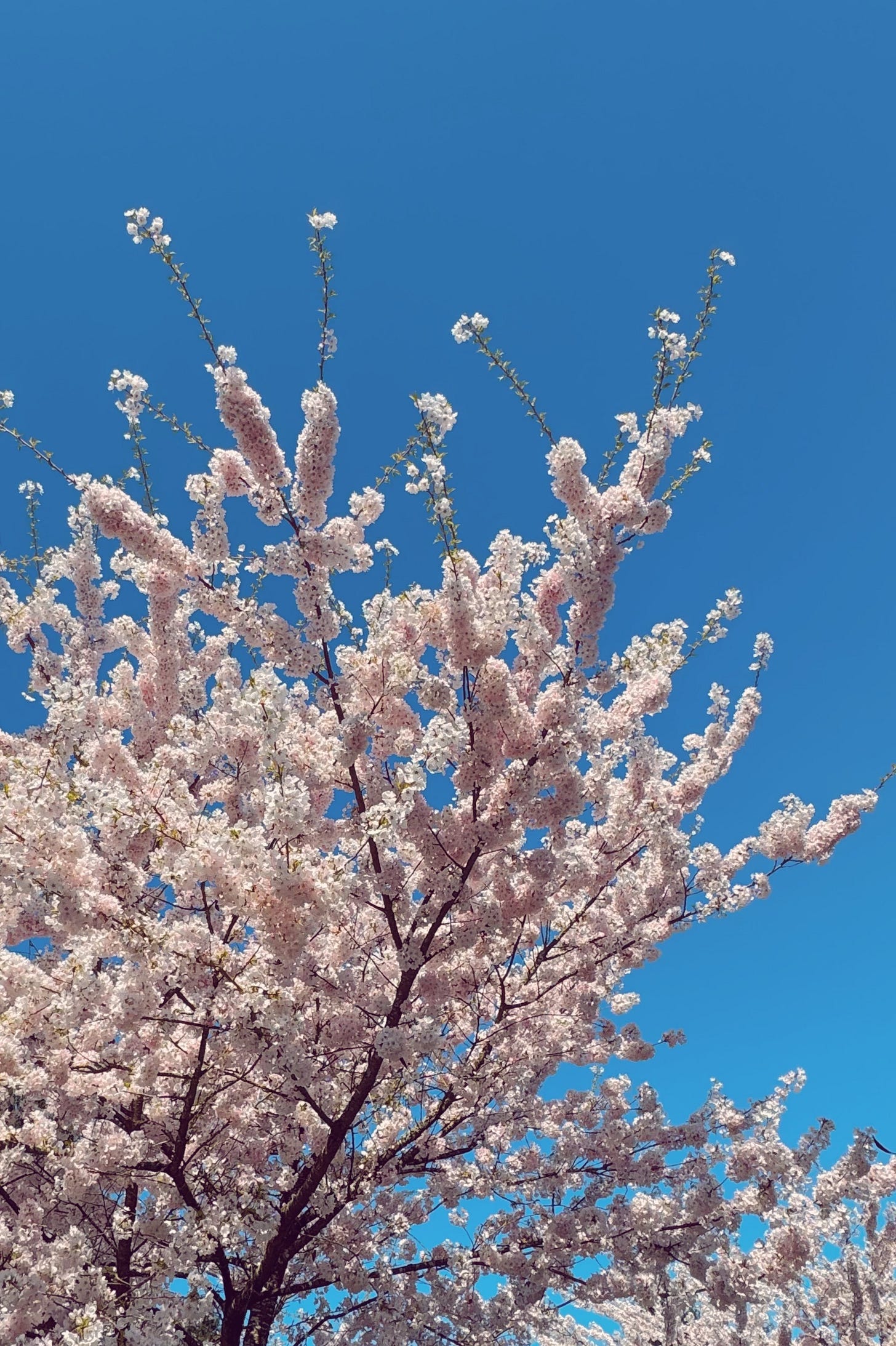
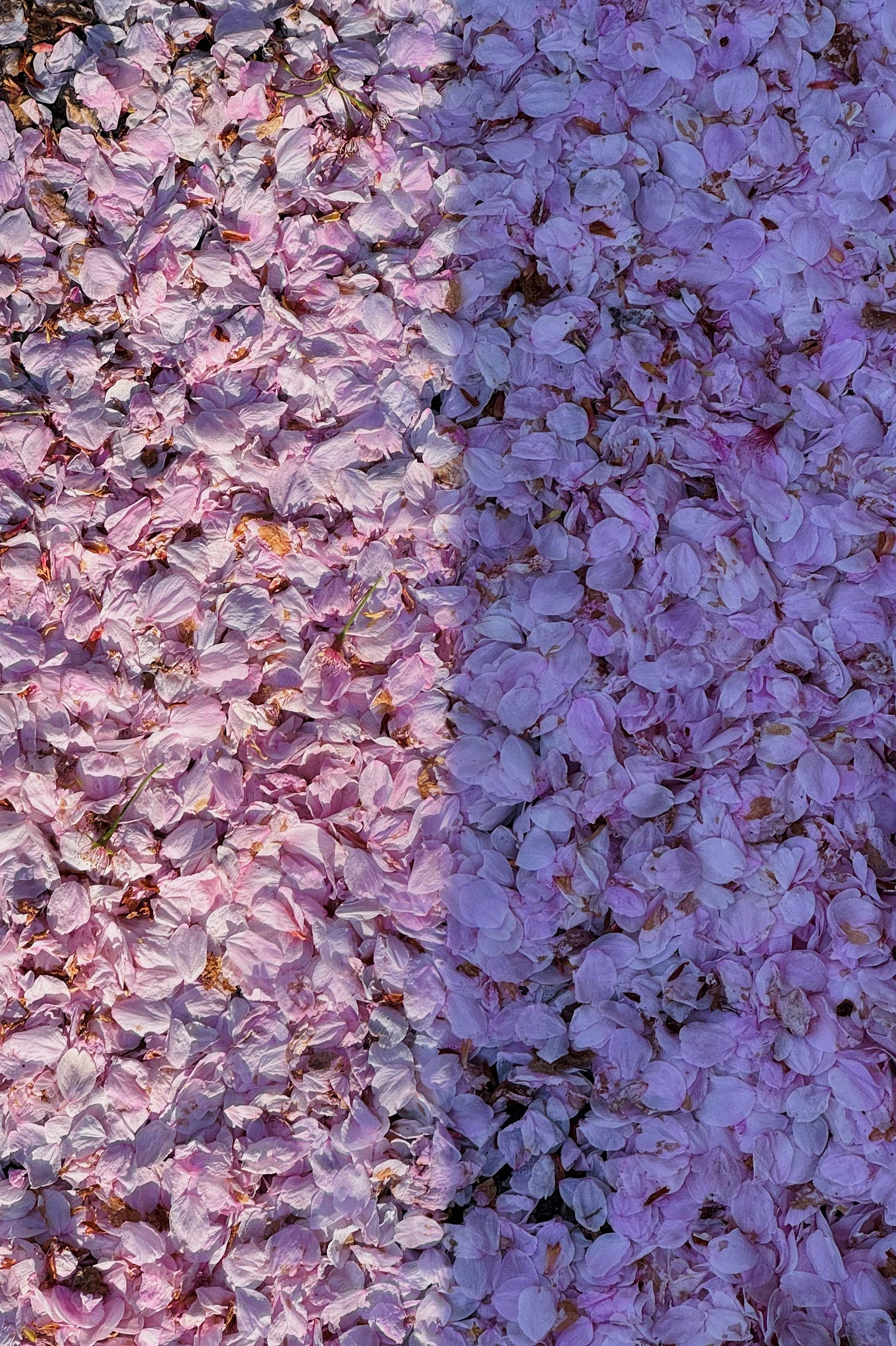
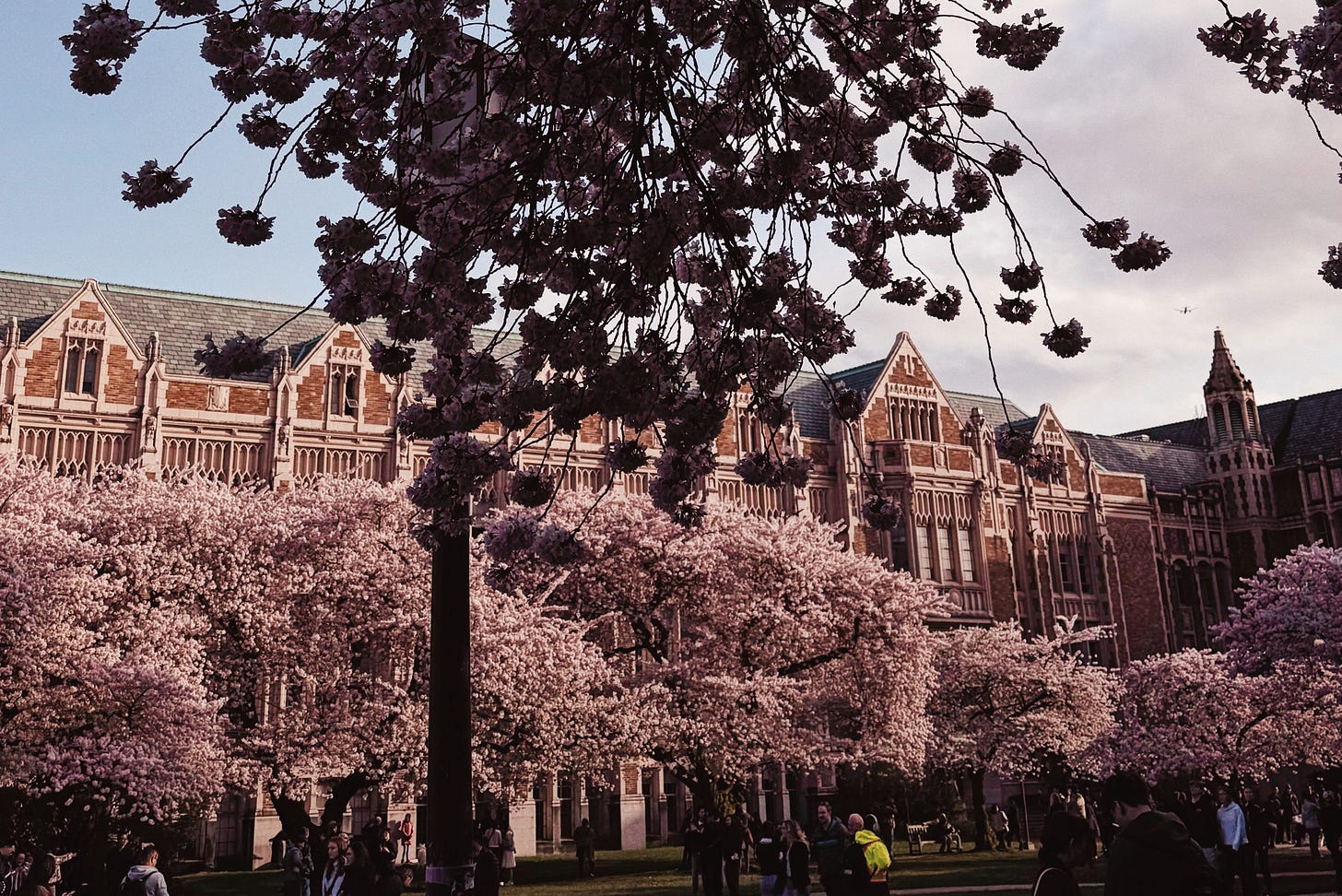
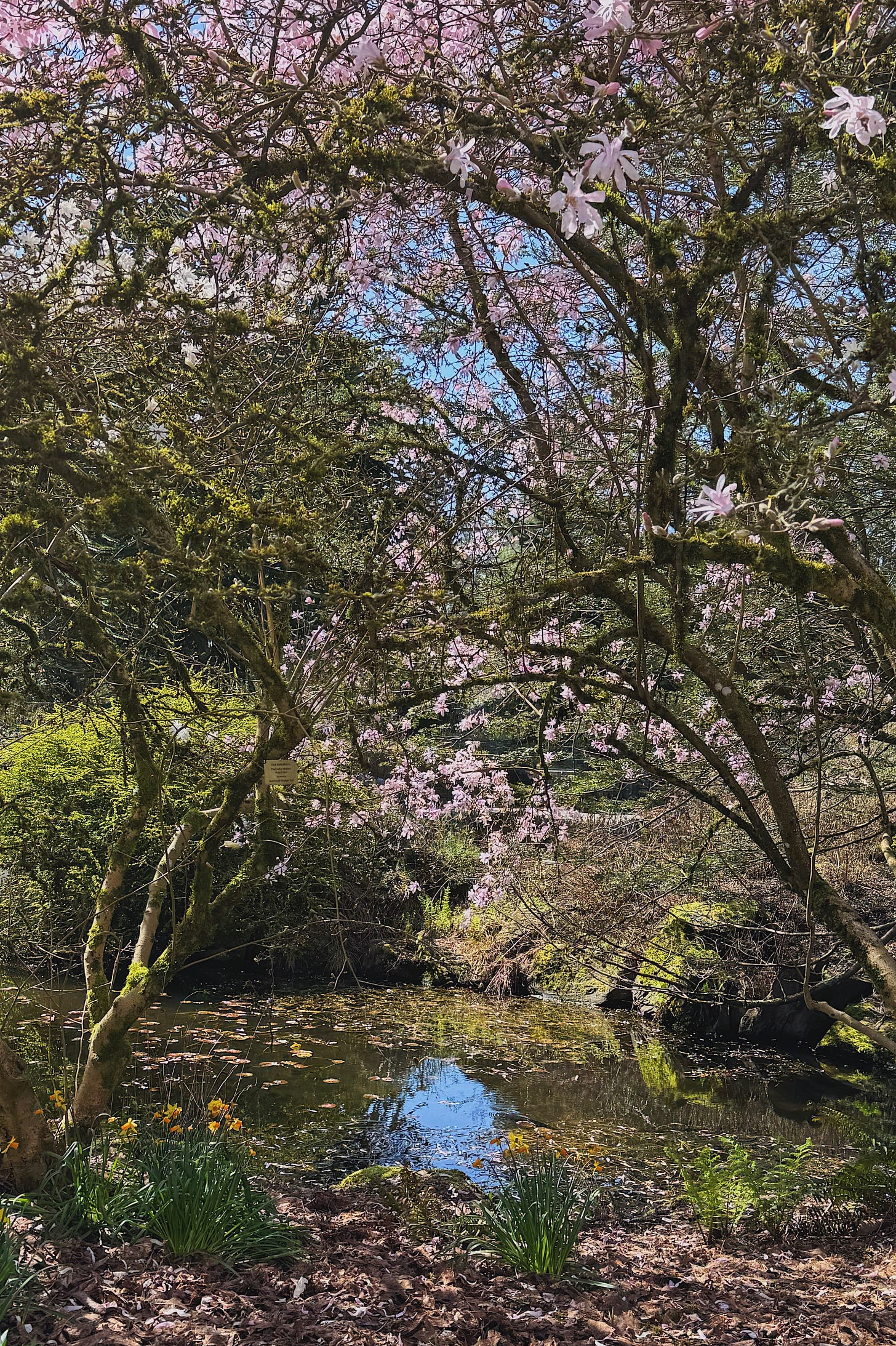

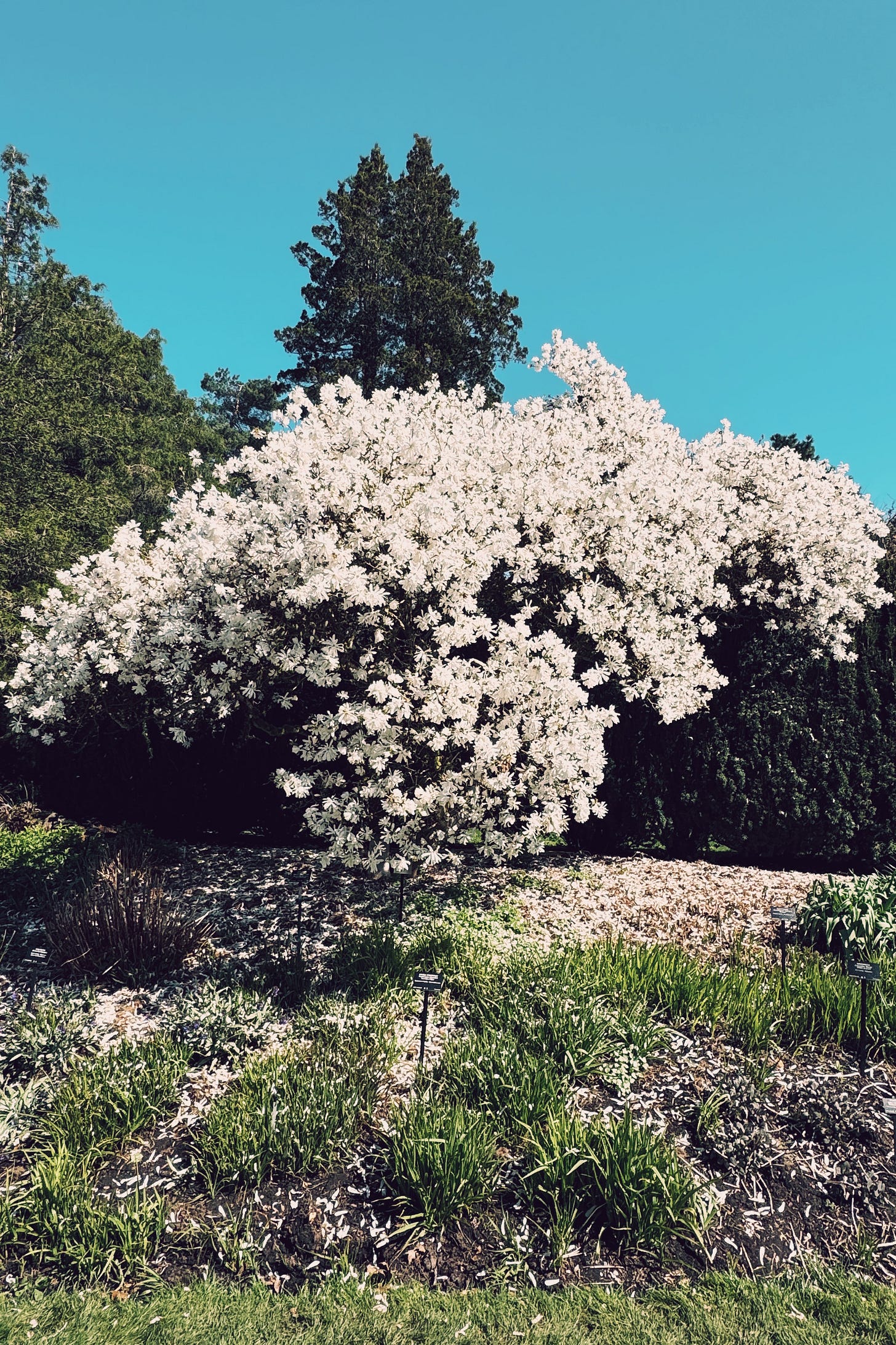
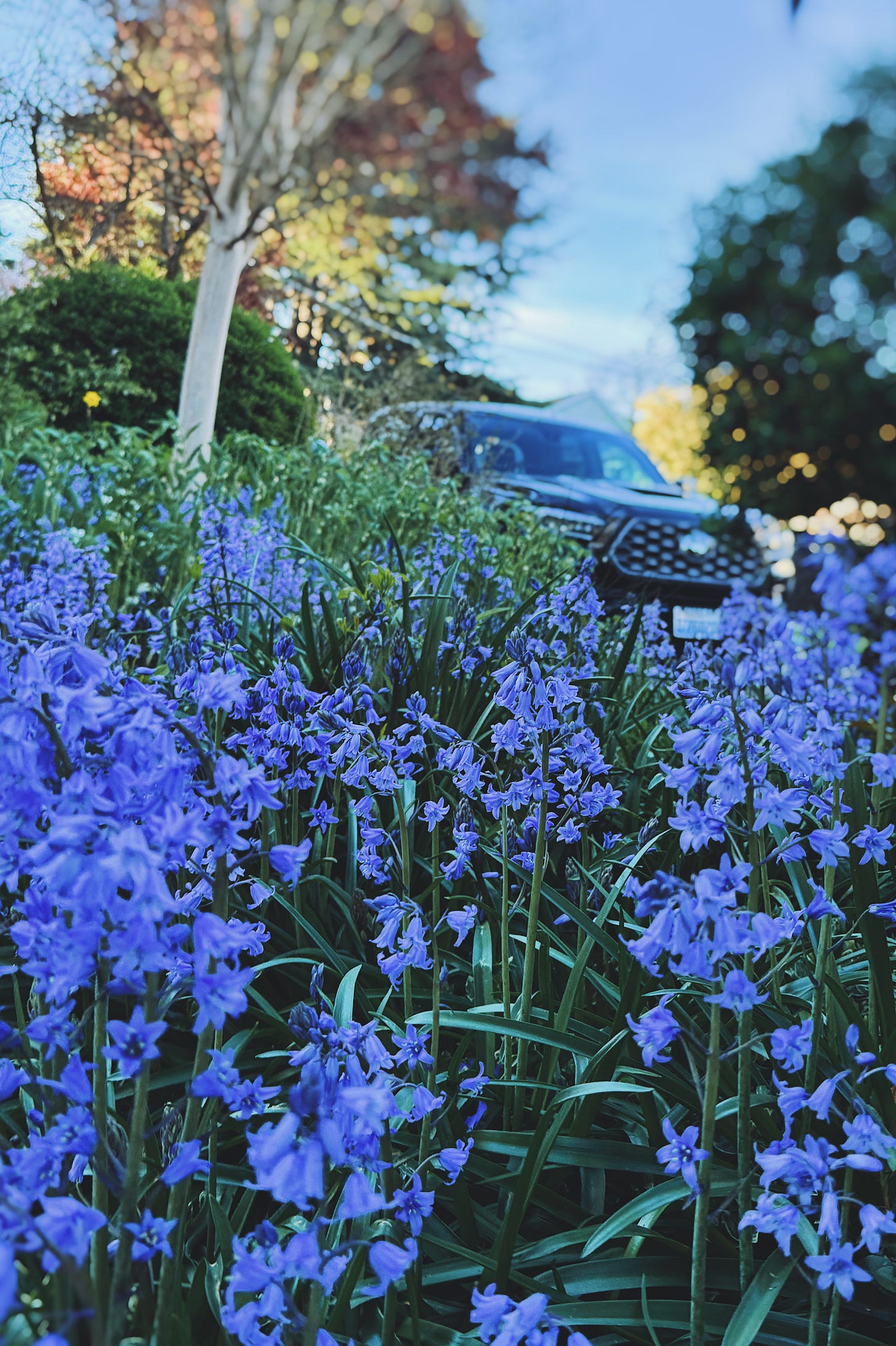
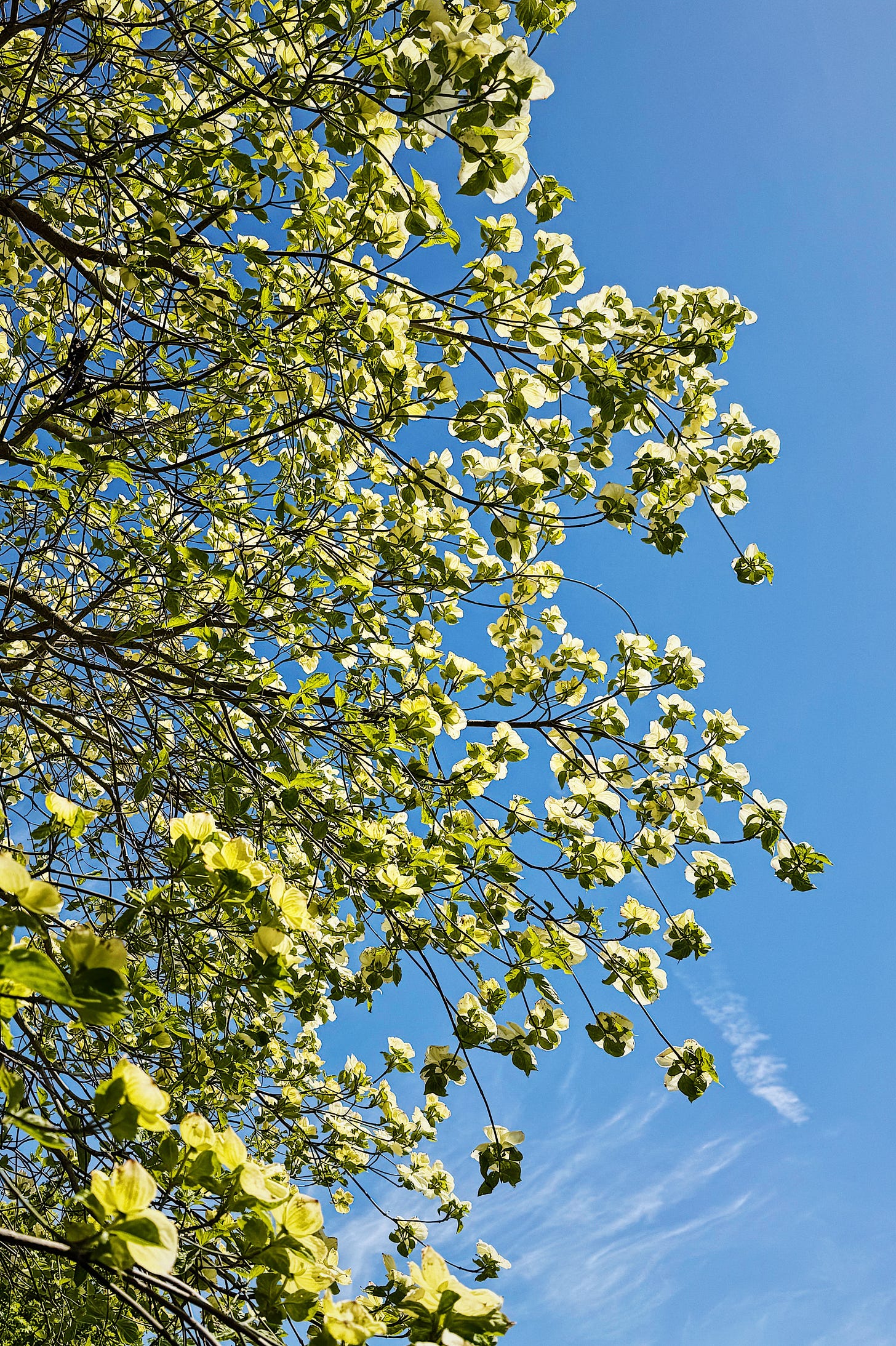
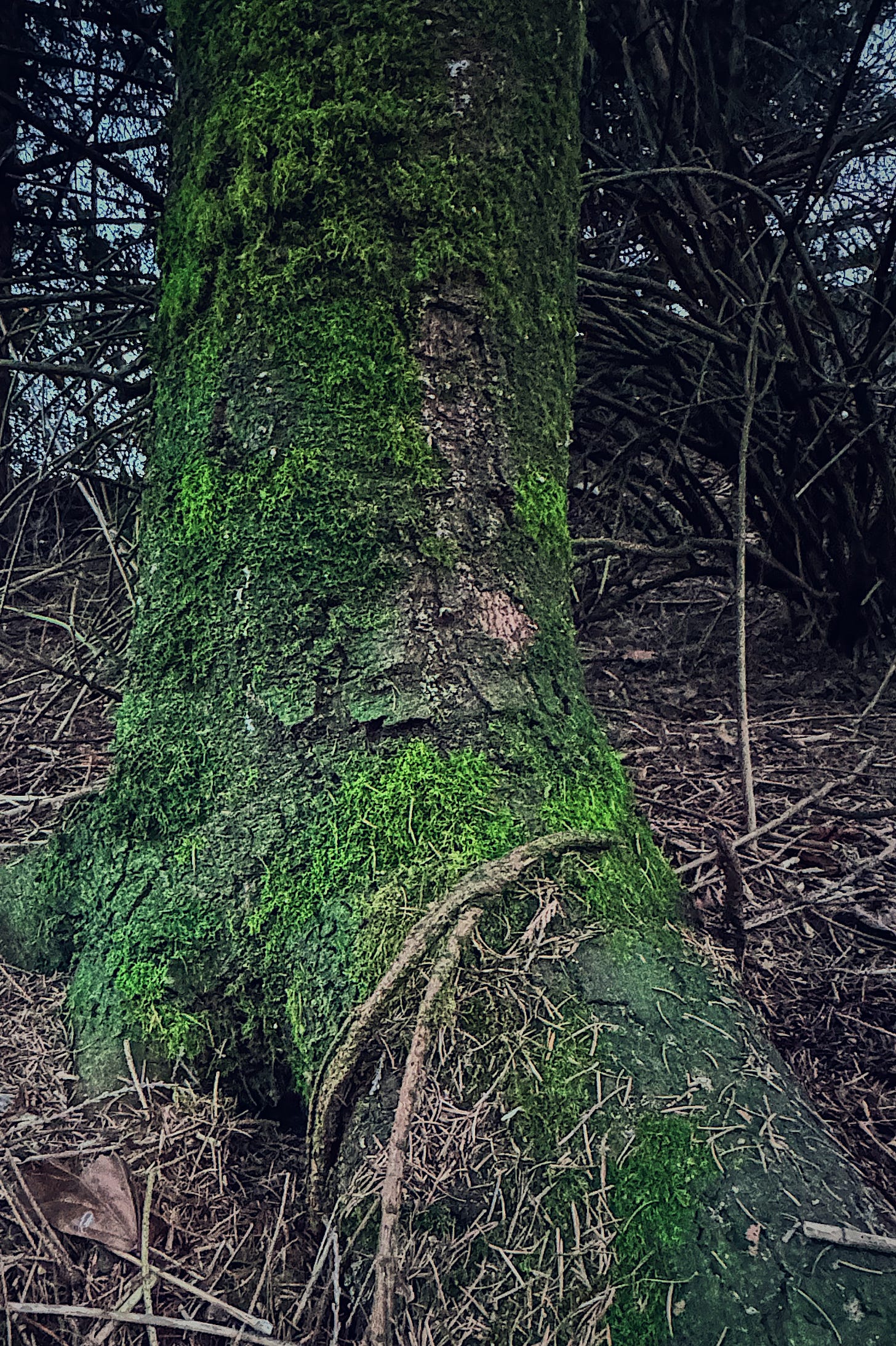
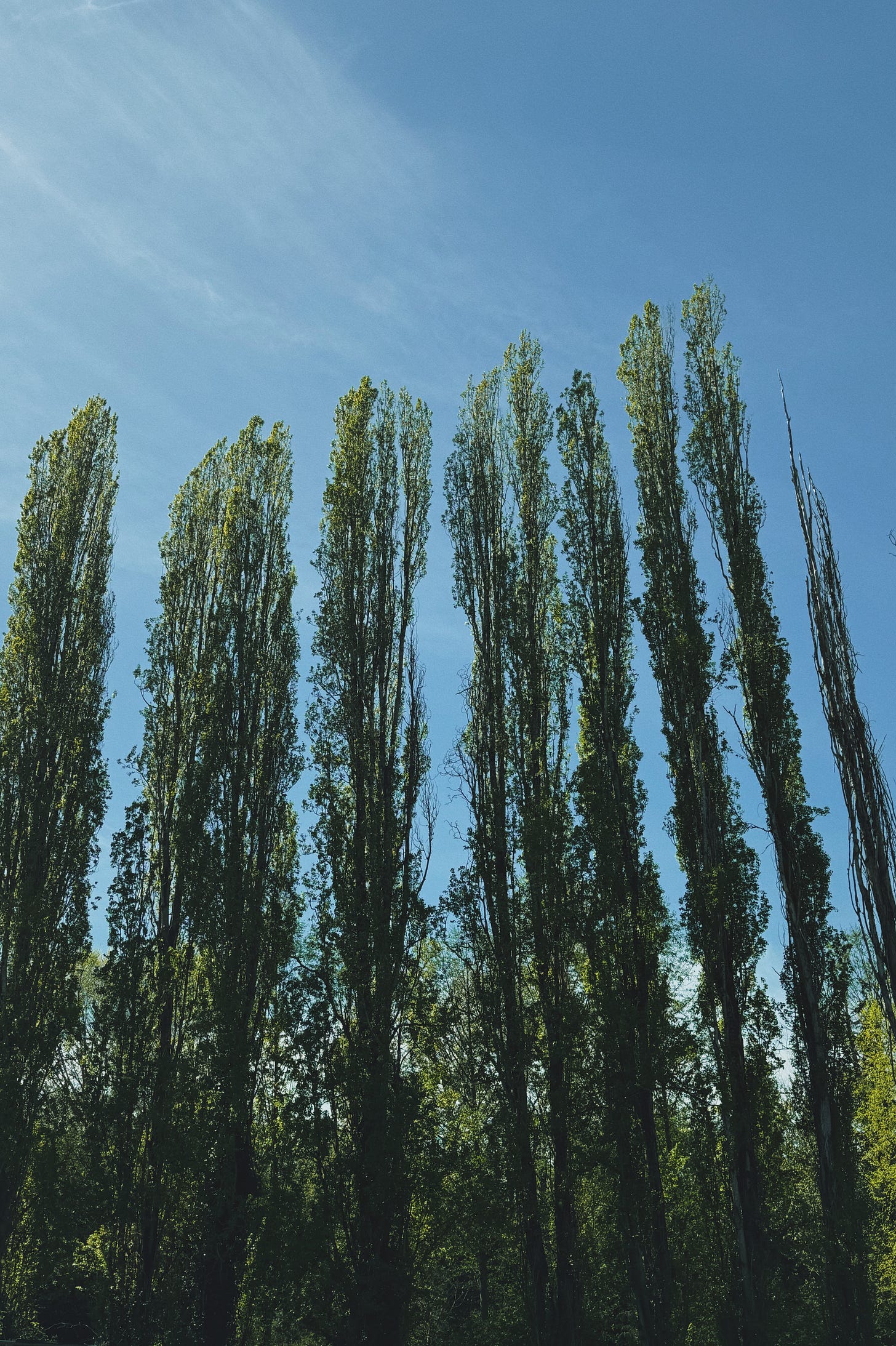
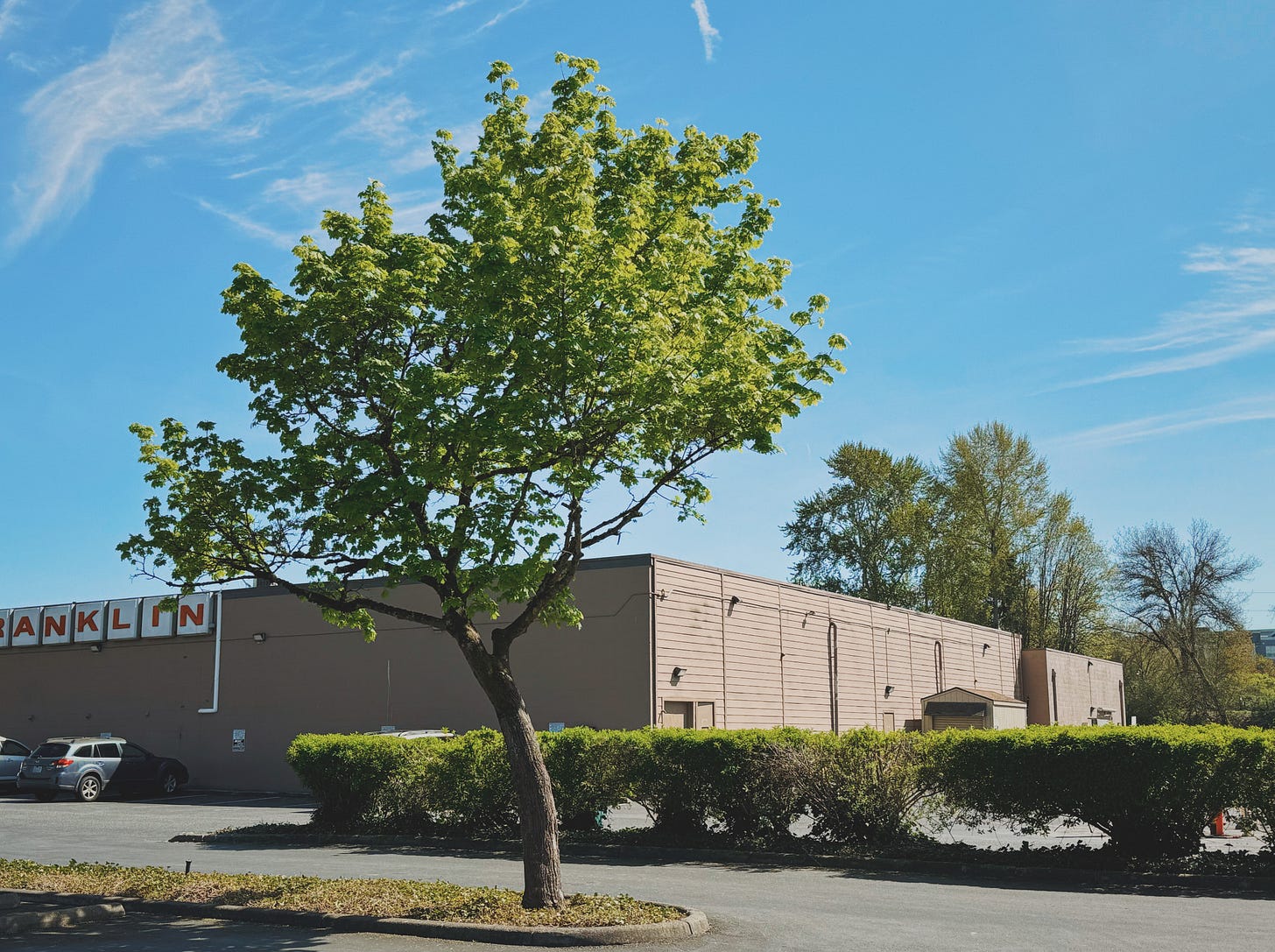
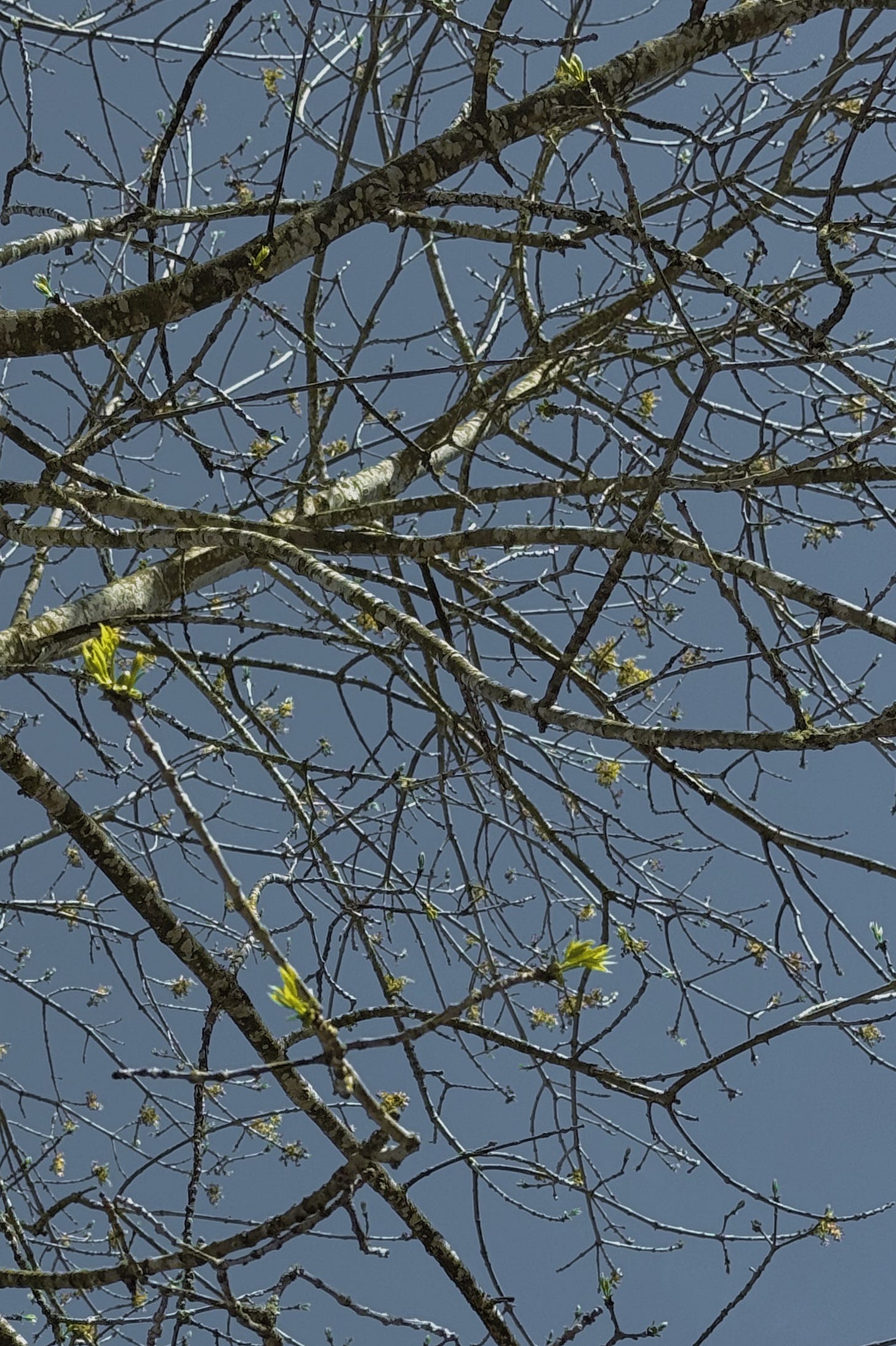
Camilo, different and awesome! I felt reading it like it just flowed from you and you didn’t struggle or go back and forth. I hope I’m right. And this:
“Maybe the cherry trees are the conduit—the first lick of ice cream. Once you begin noticing them, you’ll start noticing the other trees and flowers. The whole crew.”
A beautiful set up for the back half of the piece.
More please. The second scoop! 😊
Love how the imagery (both in the words and photos) weave together in this piece. Those poplars, beautiful!